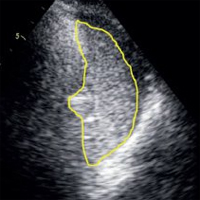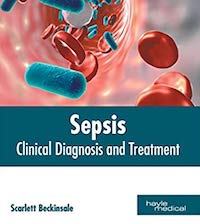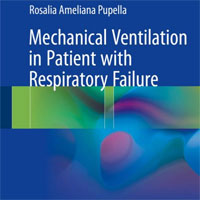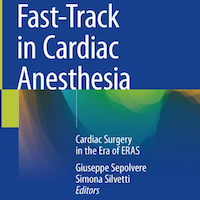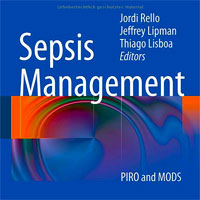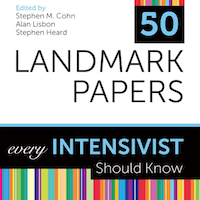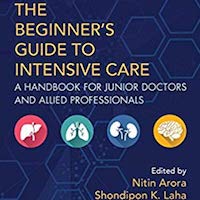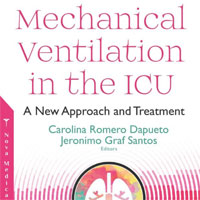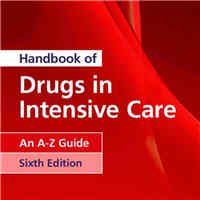Tag: mechanical ventilation
Dexmedetomidine Prevents AKI After Adult Cardiac Surgery
Perioperative administration of dexmedetomidine in adult patients undergoing cardiac surgery may reduce the incidence of postoperative AKI. Future trials are needed to determine the dose and timing of dexmedetomidine in improving... read more
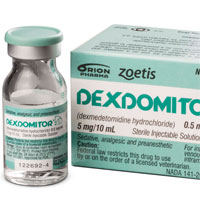
An Interprofessional Quality Improvement Initiative to Standardize Pediatric Extubation Readiness Assessment
An interprofessionally developed respiratory therapist–led extubation readiness protocol can be successfully implemented in a busy tertiary care PICU without adverse events. We analyzed data from 398 mechanically ventilated... read more

Adjunctive Glucocorticoid Therapy in Patients with Septic Shock
Among patients with septic shock undergoing mechanical ventilation, a continuous infusion of hydrocortisone did not result in lower 90-day mortality than placebo. We randomly assigned patients with septic shock who were undergoing... read more
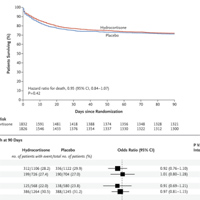
Hypothermia in Sepsis – The CASS Trial
Sepsis and especially septic shock (no matter what definition you use) is a recipe for multi-organ dysfunction and poor prognosis. In the past few years, we saw a lot of failed attempts trying to find something that could... read more

High Frequency Percussive Ventilation Increases Alveolar Recruitment in Early ARDS
High frequency percussive ventilation (HFPV) combines diffusive (high frequency mini-bursts) and convective ventilation patterns. Benefits include enhanced oxygenation and hemodynamics, and alveolar recruitment, while providing... read more
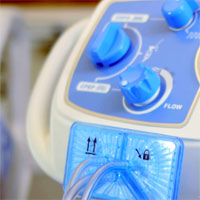
Delayed Intubation Linked to Poor Outcome
The optimal timing of endotracheal intubation in critically ill patients requiring invasive mechanical ventilation remains undefined. A new analysis of the large, prospective Intensive Care Over Nations (ICON) database compares... read more
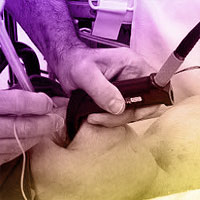
Effect of Standardized Handoff Curriculum on Improved Clinician Preparedness in the ICU
The UW-IPASS standardized handoff curriculum was perceived to improve intensive care provider preparedness and workflow. IPASS-based curricula represent an important step forward in communication standardization efforts and... read more

Fifty Years of Research in ARDS
Mechanical ventilation (MV) is critical in the management of many patients with acute respiratory distress syndrome (ARDS). However, MV can also cause ventilator-induced lung injury (VILI). The selection of an appropriate... read more
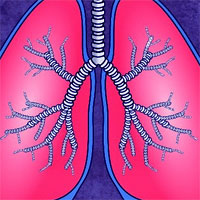
The Future of Mechanical Ventilation
The adverse effects of mechanical ventilation in acute respiratory distress syndrome (ARDS) arise from two main causes: unphysiological increases of transpulmonary pressure and unphysiological increases/decreases of pleural... read more
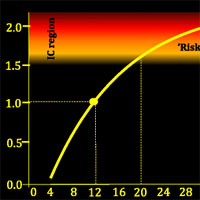
Optimizing Quality and Efficiency of Critical Care Delivery
Providing "health" care is expensive, and providing "sick" care is even more expensive. Here we will outline a newly packaged, high-yield opportunity for your institution regarding optimization of your critical care service... read more

Causes of Mortality in ICU-Acquired Weakness
Intensive care unit–acquired weakness (ICU-AW) is a common complication of critical illness and is associated with increased mortality, longer mechanical ventilation and longer hospital stay. Little is known about the causes... read more
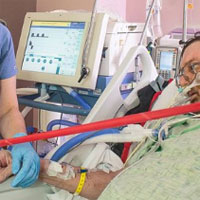
Implementation of a Goal-Directed Mechanical Ventilation Order Set Improves Compliance
Implementation of a Goal-Directed Mechanical Ventilation Order Set Driven by Respiratory Therapists Improves Compliance With Best Practices for Mechanical Ventilation. Data regarding best practices for ventilator management... read more
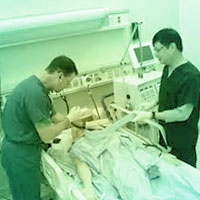
Optimal Approach to Mechanical Ventilation After Cardiac Arrest
Return of spontaneous circulation after cardiac arrest results in a systemic inflammatory state called the post-cardiac arrest syndrome (PCAS), characterised by oxidative stress, coagulopathy, neuronal injury, and organ dysfunction.... read more

Is Simvastatin the Miracle Drug We Think It Is?
Evaluation of early administration of simvastatin in the prevention and treatment of delirium in critically ill patients undergoing mechanical ventilation. This well designed and conducted trial demonstrates that there is... read more

Initial Nutritional Management During NIV and Outcomes
Patients starting noninvasive ventilation (NIV) to treat acute respiratory failure are often unable to eat and therefore remain in the fasting state or receive nutritional support. Nearly three-fifths of patients receiving... read more
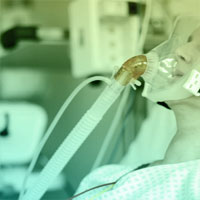
Factors Associated With Pediatric Ventilator-Associated Conditions in Six U.S. Hospitals
A newly proposed surveillance definition for ventilator-associated conditions among neonatal and pediatric patients has been associated with increased morbidity and mortality among ventilated patients in cardiac ICU, neonatal... read more
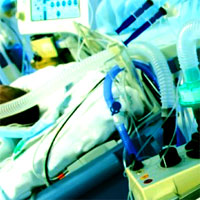
50 Years of Research in ARDS
Mechanical ventilation (MV) is critical in the management of many patients with the acute respiratory distress syndrome (ARDS). However, MV can also cause ventilator-induced lung injury (VILI). The selection of an appropriate... read more
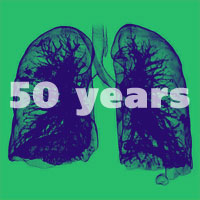
Does a 1-h Rest After a Successful SBT Really Improve Extubation Outcome?
Discussion on whether reconnection to mechanical ventilation for 1h after a successful spontaneous breathing trial (SBT) reduces reintubation in critically ill patients: a multicenter randomized controlled trial.... read more
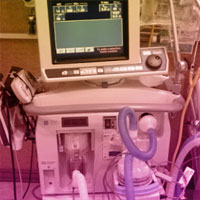
Focus on Ventilation and Airway Management in the ICU
Airway and ventilation management are particularly challenging in the intensive care unit (ICU), and are associated with high morbidity and mortality. Figure summarizes some of the more recent findings from the literature.... read more
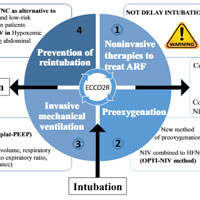
Higher PEEP versus Lower PEEP Strategies for Patients with ARDS
Use of higher positive end-expiratory pressure (PEEP) is unlikely to improve clinical outcomes among unselected patients with ARDS. We identified eight randomized trials comparing higher versus lower PEEP strategies, enrolling... read more
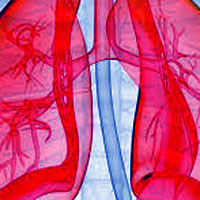
The Role of Physiotherapy in Enhanced Recovery After Surgery in the ICU
Enhanced recovery after surgery (ERAS) is an evidence-based, multimodal approach to optimising patient outcomes following surgery. The role of physiotherapy within ERAS and intensive care units (ICU) is important. Patients... read more
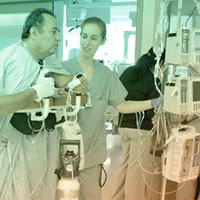
Ultrasound-guided Mechanical Ventilation
Point-of-care ultrasound (POCUS) is now a tool used worldwide, integrating clinical assessment of the critically ill. In this review, we focus on lung, diaphragm and cardiac ultrasound in the management of the mechanically... read more
